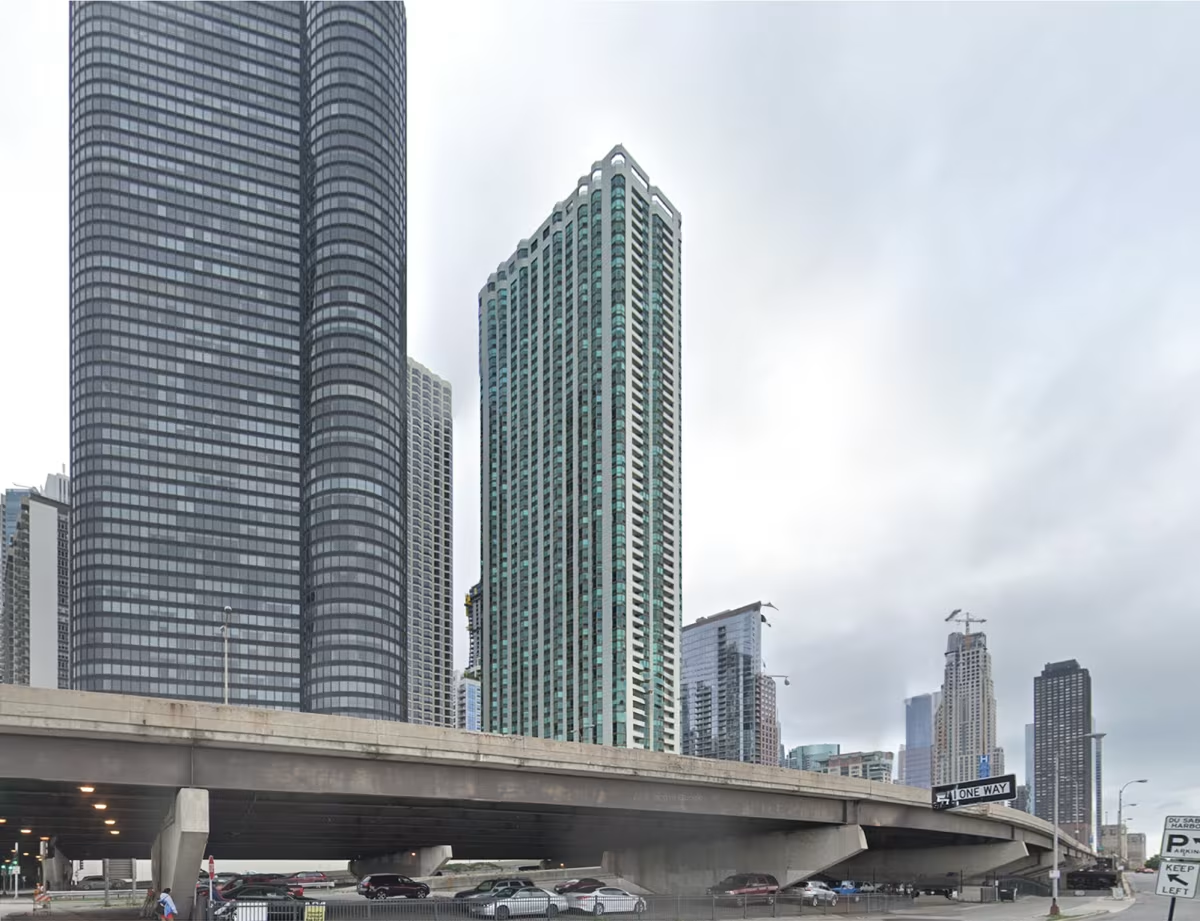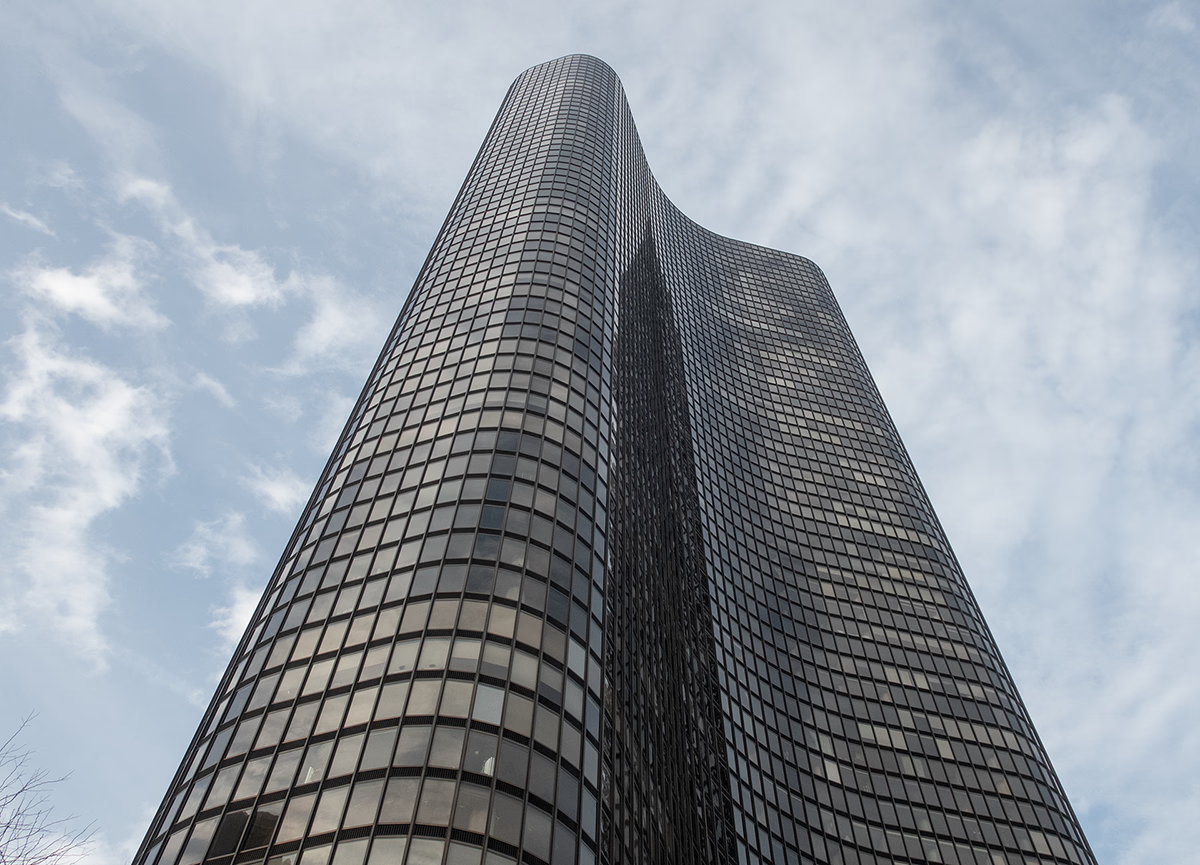The Parkshore vs Lake Point Tower


Comparing the The Parkshore and the Lake Point Tower is interesting because they both rise in Chicago, IL, yet they were conceived by two different design teams, Barancik Conte and Schipporeit & Heinrich, and were completed at different points in time. They were finished over two decades apart.
This contrast within the same city allows us to see how different creative minds interpreted the evolving needs of Chicago across time.
Let's take a closer look!
Height & Size
The Lake Point Tower is clearly the larger tower of the two, both in terms of height and number of floors. It rises to 646ft (197m) with 70 floors above ground, while the The Parkshore reaches 554ft (169m) with 56 floors above ground.
Of course, each project may have faced different briefs or regulatory constraints, which we don't really know about and could also explain the outcome.
Architectural Style
Both the The Parkshore and the Lake Point Tower were designed in line with the aesthetic conventions of the Modern style.
Both buildings were completed when the Modern style was already past its peak. This makes them feel like late echoes of the movement, more reflective of continuity or nostalgia than of cutting-edge design at the time.
Uses
Both the The Parkshore and the Lake Point Tower were designed to serve as residential towers, and that has remained their main use since their completion, serving similar roles in the urban fabric.
In terms of capacity, the The Parkshore offers 483 apartments, while the Lake Point Tower provides 725 units.
Both towers provide significant parking capacity, with The Parkshore offering 371 spaces and the Lake Point Tower offering 709.
Structure & Facade
Both the The Parkshore and the Lake Point Tower rely on a Frame structural system.
A frame structure uses a grid of columns and beams to carry the building's loads. This frees the walls from structural duties, allowing for flexible floor plans and larger windows.
They also employ the same type of facade, a Curtain Wall facade.
A curtain wall is a non-load-bearing facade hung from the structural frame. It is anchored to floor slabs and transfers only its own weight and wind loads, allowing for sleek, glassy exteriors.
| The Parkshore | Lake Point Tower | |
|---|---|---|
| Barancik Conte | Architect | Schipporeit & Heinrich |
| 1991 | Year Completed | 1968 |
| Modern | Architectural Style | Modern |
| Residential | Current Use | Residential |
| 56 | Floors Above Ground | 70 |
| 169 m | Height (m) | 197 m |
| 6 | Number of Elevators | 9 |
| 483 | Residential Units | 725 |
| Frame | Structure Type | Frame |
| Reinforced Concrete | Vertical Structure Material | Concrete |
| Reinforced Concrete | Horizontal Structure Material | Concrete |
| No | Facade Structural? | No |
| Glass, Precast Concrete | Main Facade Material | Glass |
| Power Construction Company | Main Contractor | Crane Construction |
| Amurcon Development | Developer | William F. Hartnett Jr., And Charles Shaw |
| Alfred Benesch & Company | Structural Engineer | William Schmidt & Associates |
| IL | State | IL |
| Chicago | City | Chicago |
| 195 North Harbor Drive | Address | 505 North Lake Shore Drive |